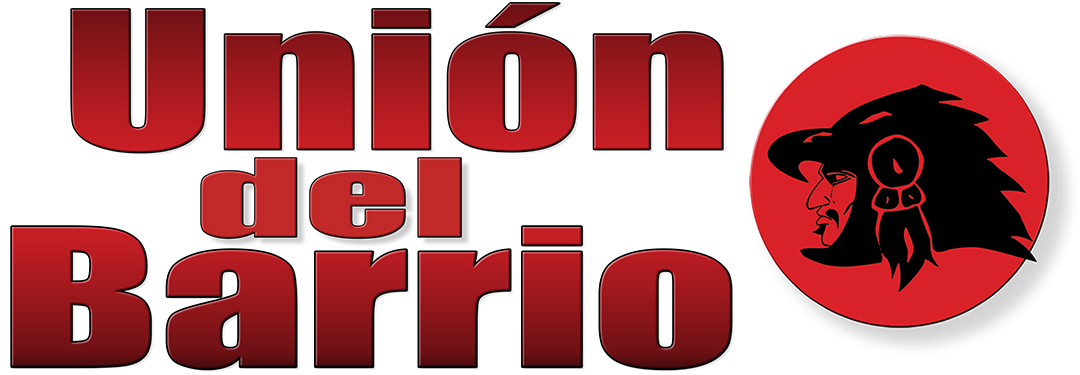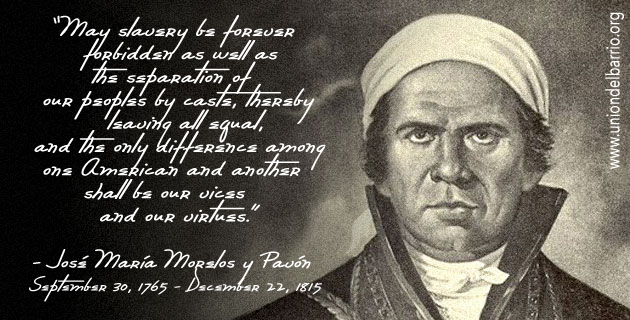José María Morelos y Pavón was an insurgent leader, follower of Miguel Hidalgo, and became one of the most important military and political leaders of the war of Mexican Independence against Spanish colonialism. He was born, very poor, on September 30, 1765 in what was at that time Valladolid, now know as Morelia, Michoacán (which was named in his honor). Morelos was of Indigenous and African decent.
Morelos attended the college of San Nicolás Obispo as a pastor, where he met Miguel Hidalgo, and together, along with other independence fighters, they would develop a program to initiate an anti-colonial uprising against Spanish rule in México. During the struggle for Mexican Independence which began in 1810, Morelos led the rebel insurrection throughout the southern part of México. In the first nine months of the revolutionary campaign, Morelos defeated better trained and equipped Spanish platoons in the state today known as Guerrero. In a second phase of military strategy, three guerrilla insurgent armies were formed to take critical positions such as Cuautla, in order to ensure the triumph of the insurrection against Spanish colonial rule. After Hidalgo was assassinated, Morelos fought to liberate the states of Michoacán, Guerrero, Oaxaca, Puebla, Estado de México, Veracruz and Morelos from Spanish control.
In September of 1813, Morelos and various insurrectionary forces convened the National Constitutional Congress of Anáhuac in Chilpancingo, Guerrero. At this National Congress, Morelos declared the liberated territories as an independent state, free from Spanish colonial rule, confiscating lands in the possession of Spanish settlers, and redistributing these lands to the indigenous population. At this Congress he made another declaration – the National Sentiment – a decree which included the following:
That the Américas are free and independent people from Spain and any other nation, government or monarchy, and that it be recognized as such given the following reasons… That the people cannot be free and independent while the government is not reformed, abolishing tyrants and liberals, and expelling from our lands the Spaniards, who are our enemy, and who have committed themselves against our people…That slavery be forever prohibited, as well as all cast distinctions, to establish equality for all!…
By October of 1814 Morelos convened another Congress, this time in Apatzingán, where he announced a Constitutional Decree for the Liberation of México, where the Mexican Republic was consolidated under a constitutional government, to establish the nation state of México.
Attacked in the outskirts of Tezmalaca and taken prisoner by mercenaries of the Spanish army, Morelos was assassinated in San Cristóbal Ecatepec on December 22, 1815. In 1828 his hometown was renamed Morelia in his honor. In 1869, Benito Juárez, declared the establishment of the state of Morelos. On September 16, 1925 his remains were relocated to the Column of Independence in Mexico City, were they rest until now.
¡Viva la Insurrección Guerrillera Libertadora! ¡Viva José María Morelos y Pavón!






